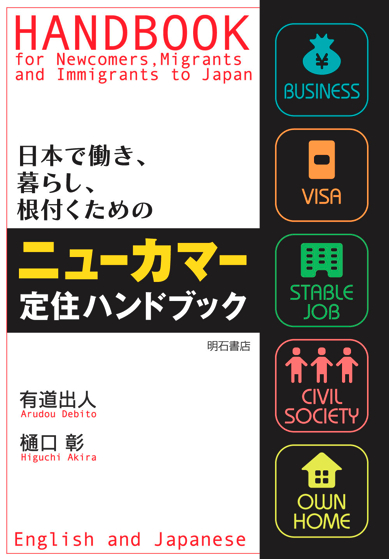mytest
Hi Blog. Shuukan Ekonomisuto Weekly (from Mainichi Shinbun presses) dated March 10, 2009 had yet another great article on how things are going for Nikkei NJ et al.
Highlights: Numbers of Nikkei Brazilians are dropping (small numbers in the area surveyed) as economic conditions are so bad they can’t find work. Those who can go back are the lucky ones, in the sense that some with families can’t afford the multiple plane tickets home, let alone their rents. Local NGOs are helping out, and even the Hamamatsu City Government is offering them cheap public housing, and employing them on a temporary basis. Good. Lots of fieldwork and individual stories are included to illustrate people’s plights.
The pundits are out in force offering some reasonable assessments. Labor union leader Torii Ippei wonders if the recent proposals to reform the Trainee Visa system and loosen things up vis-a-vis Gaijin Cards and registration aren’t just a way to police NJ better, and make sure that NJ labor stays temp, on a 3-year revolving door. Former Immigration Bureau bigwig Sakanaka Hidenori says that immigration is the only answer to the demographic realities of low birthrate and population drop. The LDP proposed a bill in February calling for the NJ population to become 10% of the total pop (in other words, 10 million people) within fifty years, as a taminzoku kyousei kokka (a nation where multicultures coexist). A university prof named Tanno mentions the “specialness” (tokushu) of nihongo, and asks if the GOJ has made up its mind about getting people fluent in the language. Another prof at Kansai Gakuin says that the EU has come to terms with immigration and labor mobility, and if Japan doesn’t it will be the places that aren’t Tokyo or major industrial areas suffering the most. The biggest question is posed once again by the Ekonomisuto article: Is Japan going to be a roudou kaikoku or sakoku? It depends on the national government, of course, is the conclusion I glean.
And of course we have the raw numbers: From 1991 to the end of 2007, the number of NJ total have increased from around 1,220,000 to 2,150,000. Of those, Brazilians have gone from 120,000 to 320,000, Chinese from 170,000 to 610,000, Filipinos/pinas from 60,000 to 200,000. Not included in the article is this prognostication (mine), but could the total number of registered NJ actually DROP for the first time in more than four decades in 2009? We’ll have to wait quite some time to see, but the Ekonomisuto article doesn’t paint a rosy picture. Here are the four main pages of the tokushuu. Enjoy. Go to your local library and see the other four pages of EU immigration trends and the lessons for Japan. Arudou Debito in Sapporo
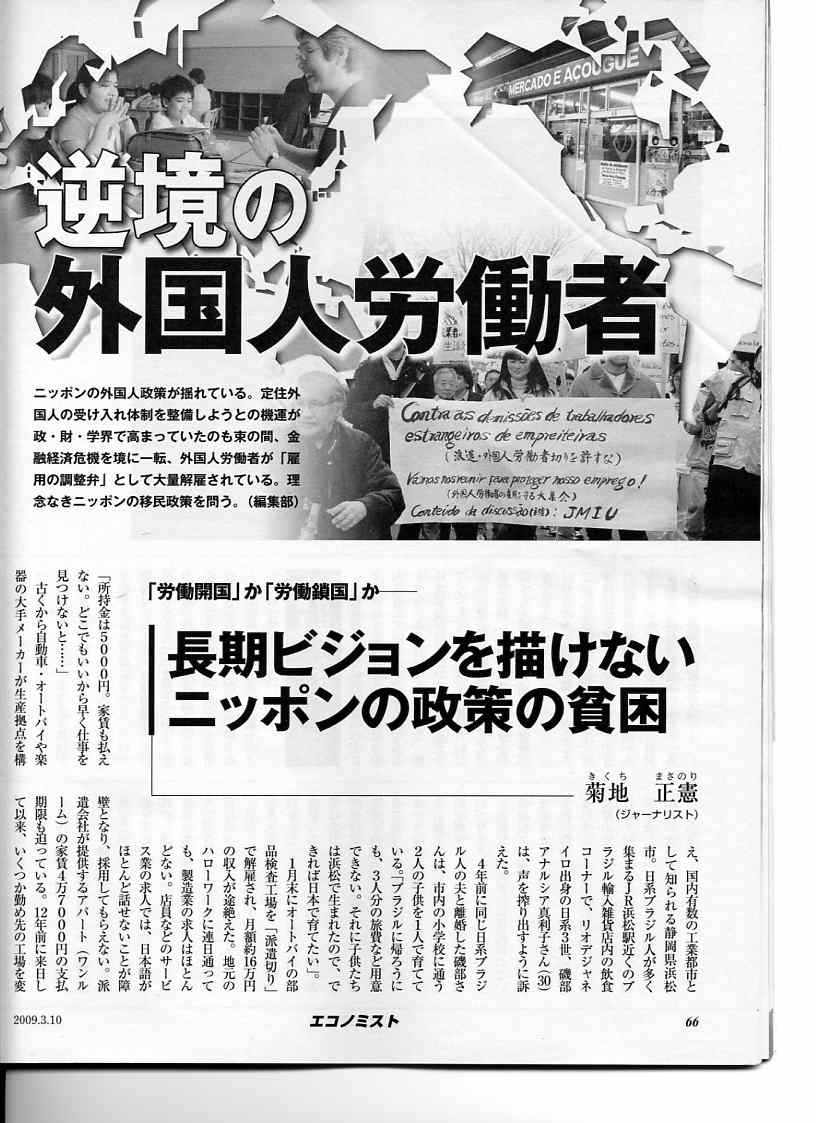
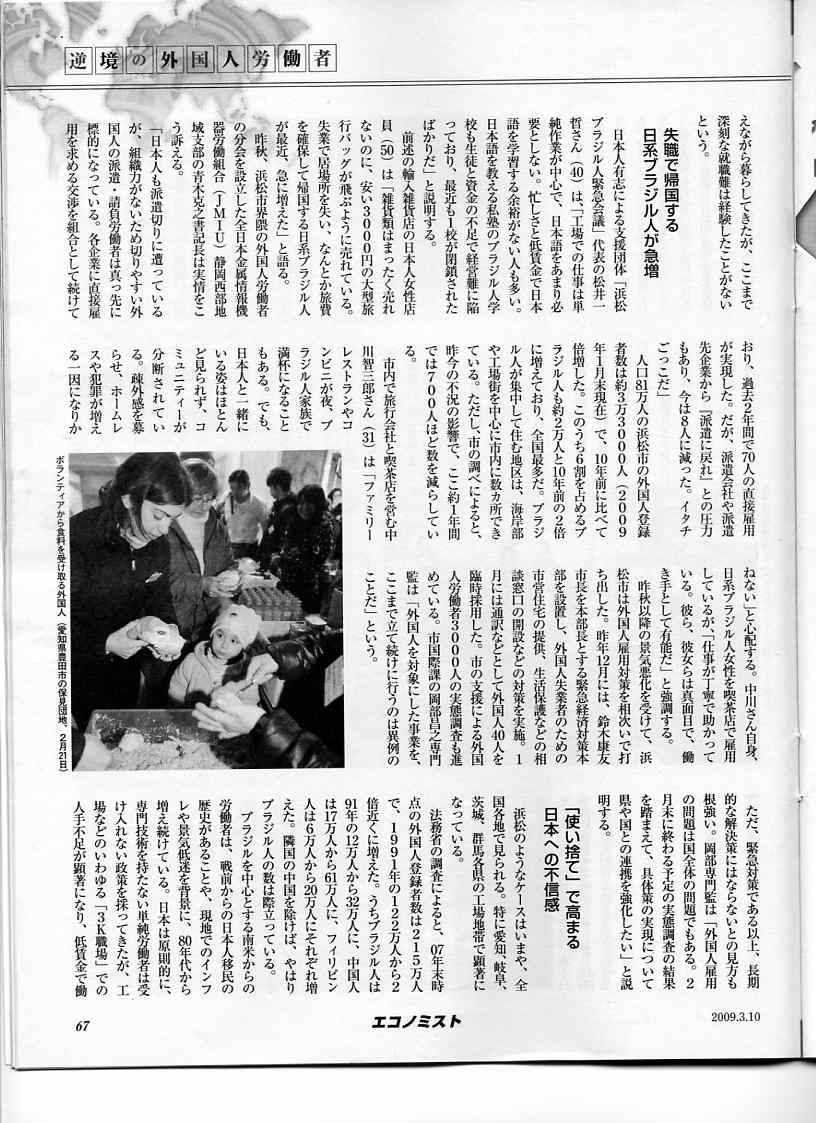
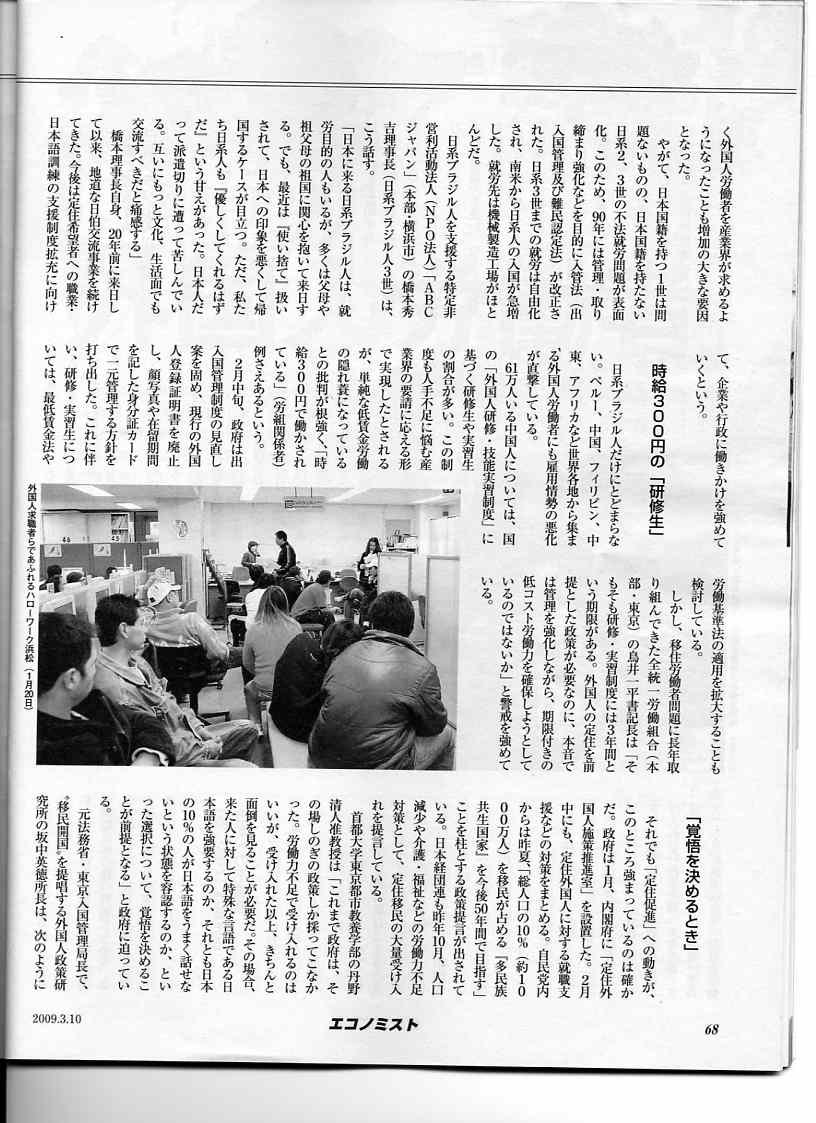
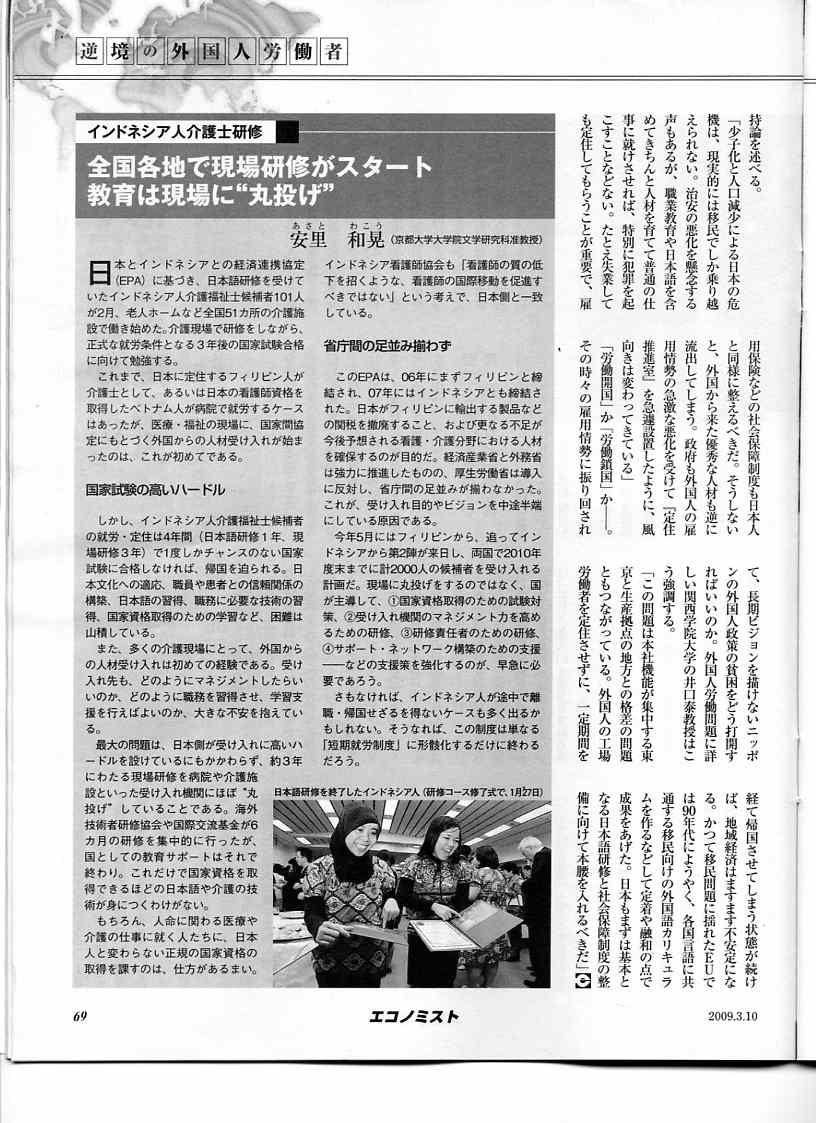
ENDS
